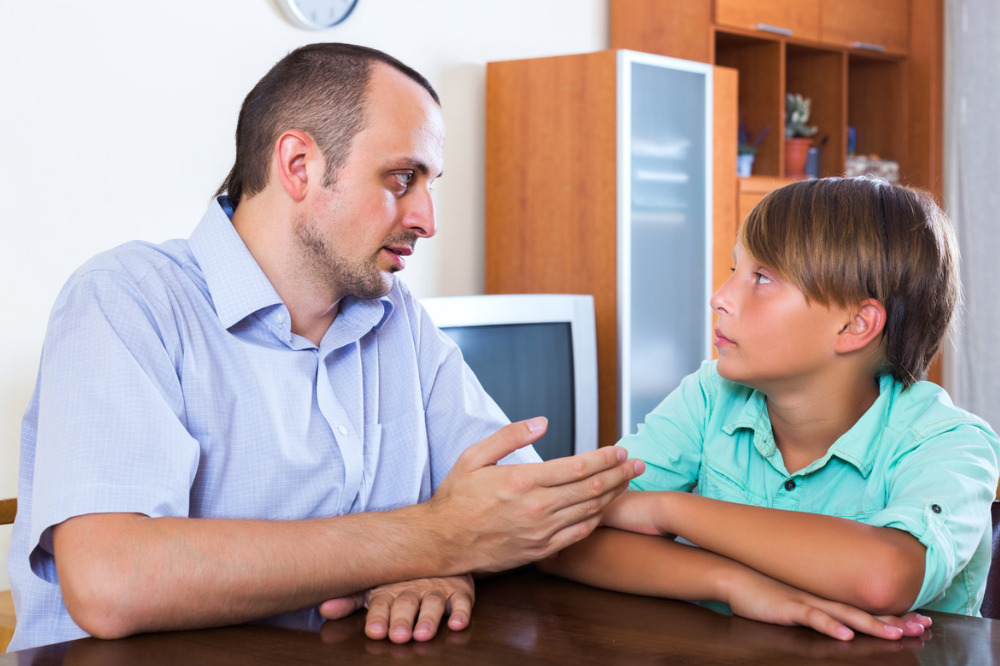
Today's youth in Australia undoubtedly face challenging situations that evoke strong emotional reactions, whether it be from the Covid-19 pandemic, natural disasters, foreign conflicts, or stress caused by the excessive use of social media.
Unfortunately, many young people find it difficult to accurately identify, embrace, and regulate their emotions, despite it being a critical life skill that is essential for their health and wellbeing.
As emotions and feelings reflect our current state, having a broad vocabulary to verbalise feelings can both signal strong emotional and social literacy, helping them to communicate their emotions and articulate their perception of the world around them.
Strathcona Girls Grammar recently conducted a comprehensive 12-month redesign of their school wellbeing program to reflect the changing needs to its students and address gaps in this critical area.
Below, the school’s Dean of Students, Amber Sowden shares 7 tips for how schools can encourage teenagers to speak about their emotions.
- Consistency is key when encouraging children and teenagers to share their emotions, as is creating a non-judgemental space where they feel safe and secure to be vulnerable with others.
- Incorporate emotional literacy into the curriculum by integrating activities focused on emotional learning.
- Provide dedicated time for emotional check-ins so students can reflect on and discuss how they’re feeling.
- Offer professional development and training to teachers and staff on how to create an emotionally supportive classroom and effectively respond to student’s emotional needs.
- Encourage artistic forms of creative expression such as art, music, writing or drama as avenues for students to explore and communicate their emotions.
- Normalise conversations around mental health and provide access to counselling services.
- Engage parents and carers on the importance of emotional well-being and encourage open dialogues about emotions at home.


